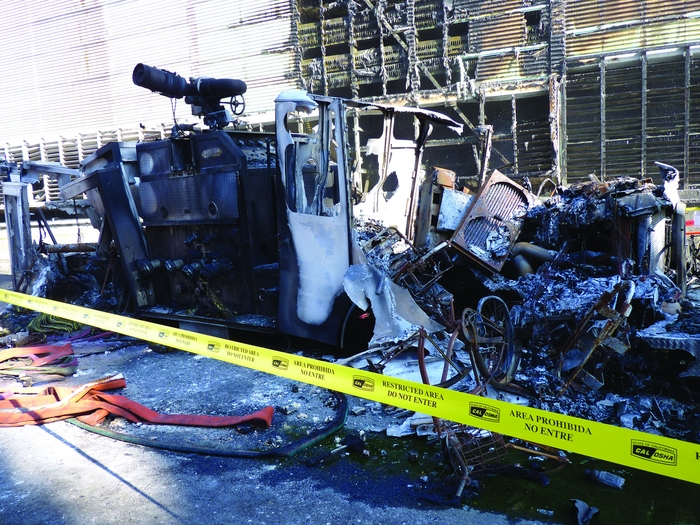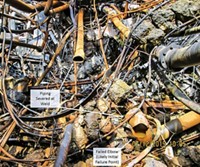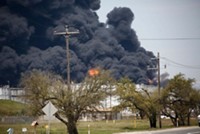Advertisement
Grab your lab coat. Let's get started
Welcome!
Welcome!
Create an account below to get 6 C&EN articles per month, receive newsletters and more - all free.
It seems this is your first time logging in online. Please enter the following information to continue.
As an ACS member you automatically get access to this site. All we need is few more details to create your reading experience.
Not you? Sign in with a different account.
Not you? Sign in with a different account.
ERROR 1
ERROR 1
ERROR 2
ERROR 2
ERROR 2
ERROR 2
ERROR 2
Password and Confirm password must match.
If you have an ACS member number, please enter it here so we can link this account to your membership. (optional)
ERROR 2
ACS values your privacy. By submitting your information, you are gaining access to C&EN and subscribing to our weekly newsletter. We use the information you provide to make your reading experience better, and we will never sell your data to third party members.
Safety
Chemical Safety Board Investigates Chevron Refinery Fire
Plant Accident: Thousands of Richmond, Calif., residents are ordered to shelter-in-place following five-hour blaze
by Jeff Johnson
August 15, 2012

\

\
Eight days after a fire at the Chevron refinery in Richmond, Calif., CSB investigators remain unable to enter the work site because of extensive structural damage. The incident is one of five refinery accidents currently begin investigated by CSB.
The Chemical Safety & Hazard Investigation Board (CSB) announced on Aug. 11 that it will mount a full investigation of an accident and fire that occurred at Chevron’s Richmond, Calif., refinery, located 10 miles north of San Francisco.
The Aug. 6 fire resulted in a five-hour shelter-in-place order for several thousand people living near the Contra Costa County refinery as well as hospital visits by 9,035 anxious residents complaining of respiratory ailments, according to Contra Costa County’s Health Services Department. Although a dozen workers were in the immediate area of the accident, only three were injured, according to Chevron, and none of those injuries were serious. The fire, however, shuttered much of the 2,900-acre Chevron refinery, the city’s largest employer and the Bay Area’s largest refinery, which processes 240,000 barrels of crude oil daily.
Gasoline prices in the state have increased since the fire, but the exact cause of the price increase is unclear. The facility supplies some 15% of the California gasoline market.
Investigators with CSB as well as state and county officials have been unable to enter the specific area where the accident and fire took place because of structural instability, says Daniel M. Horowitz, CSB’s managing director. The fire occurred when a combustible, heavy hydrocarbon liquid known as “gas-oil” leaked from an 8-inch pipe connected to a crude oil distillation tower in the refinery’s crude unit, according to CSB.
The exact cause of the leak and why Chevron process management oversight did not determine the need to take action before the accident occurred will be included in CSB’s root-cause investigation.
Workers initially noticed the leak around 4 PM local time and they were attempting repairs on piping connected to the still-operating crude-oil distillation tower when the leak began to grow larger. Around 6 PM—due to the high temperature of the material in the tower, which was in excess of 600° F—the gas-oil material formed a large flammable vapor cloud, ignited, and migrated off site.
In November 2011, because of excessive corrosion, Chevron replaced a 12-inch pipe that was connected to the smaller pipe that leaked. Why the smaller pipe was not replaced at that time will be a key part of CSB’s investigation, according to the board. The unit that caught fire is the sole entry point for crude oil in the refining process, says CSB.
A Chevron official says the crude unit is temporarily shut down because of the incident, but other parts of the refinery unaffected by the incident remain operating. The plant continues to make some transportation fuels, Chevron says, but at a reduced capacity.




Join the conversation
Contact the reporter
Submit a Letter to the Editor for publication
Engage with us on Twitter